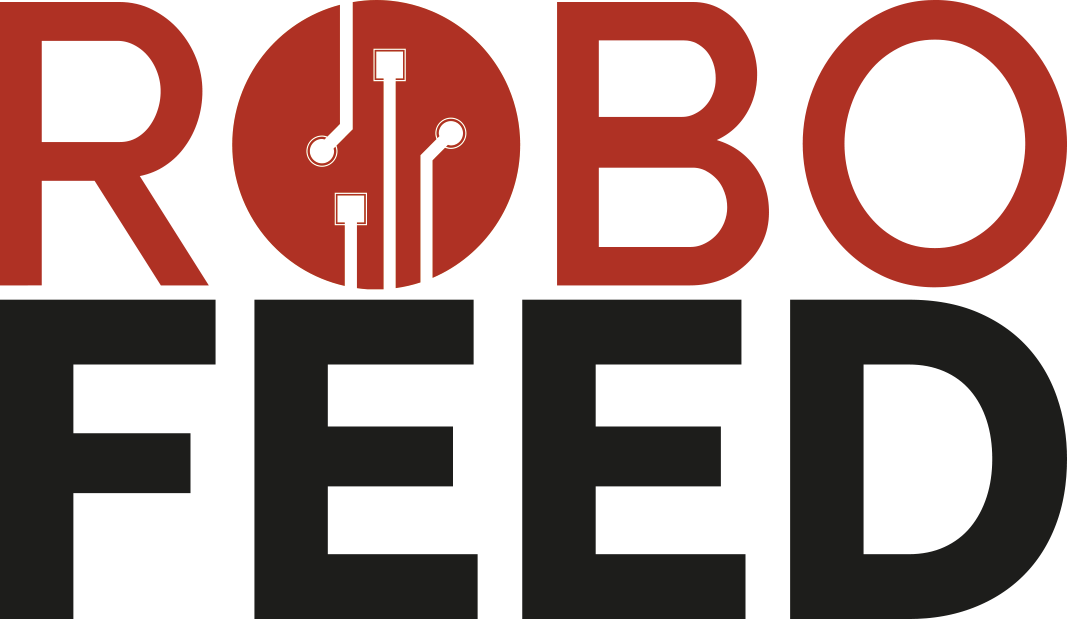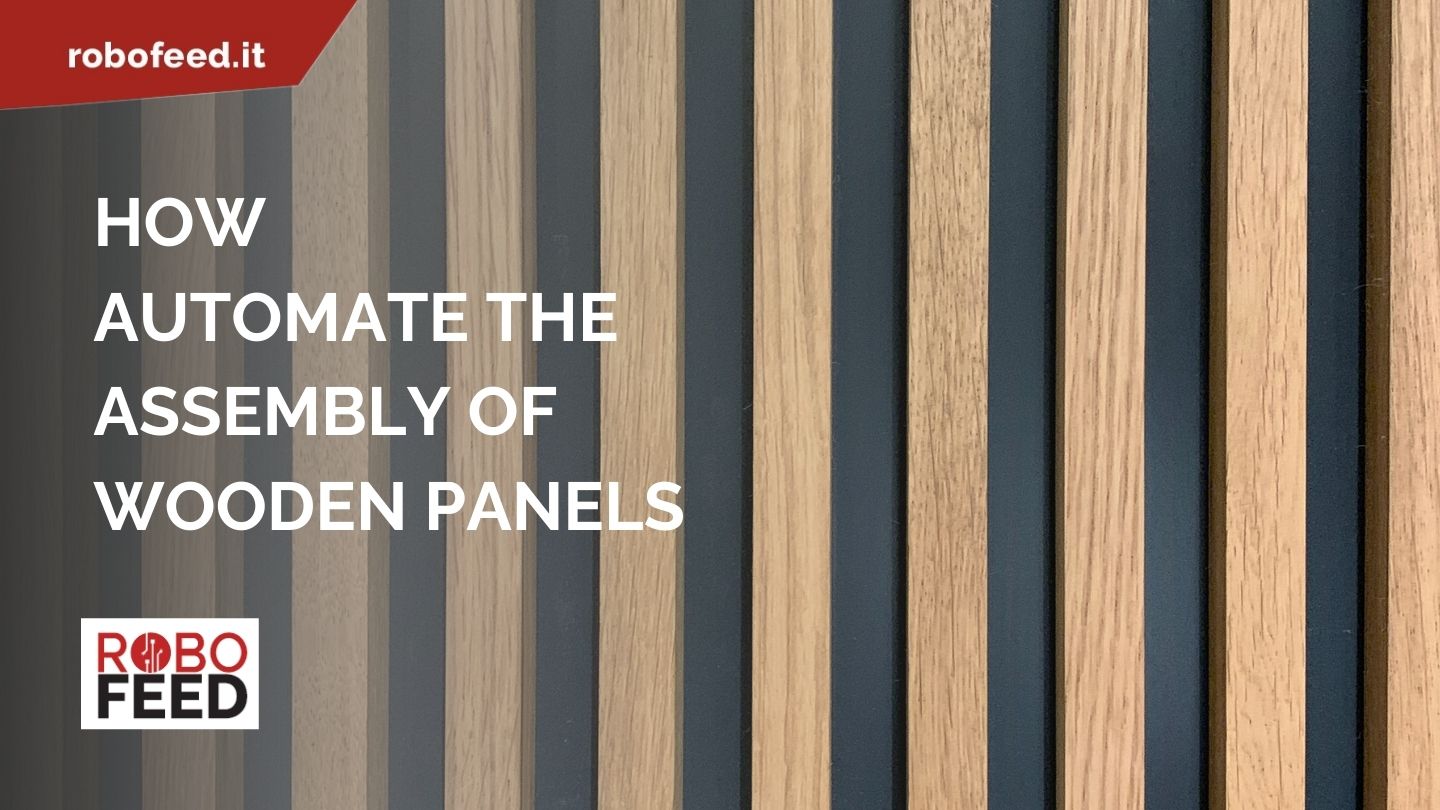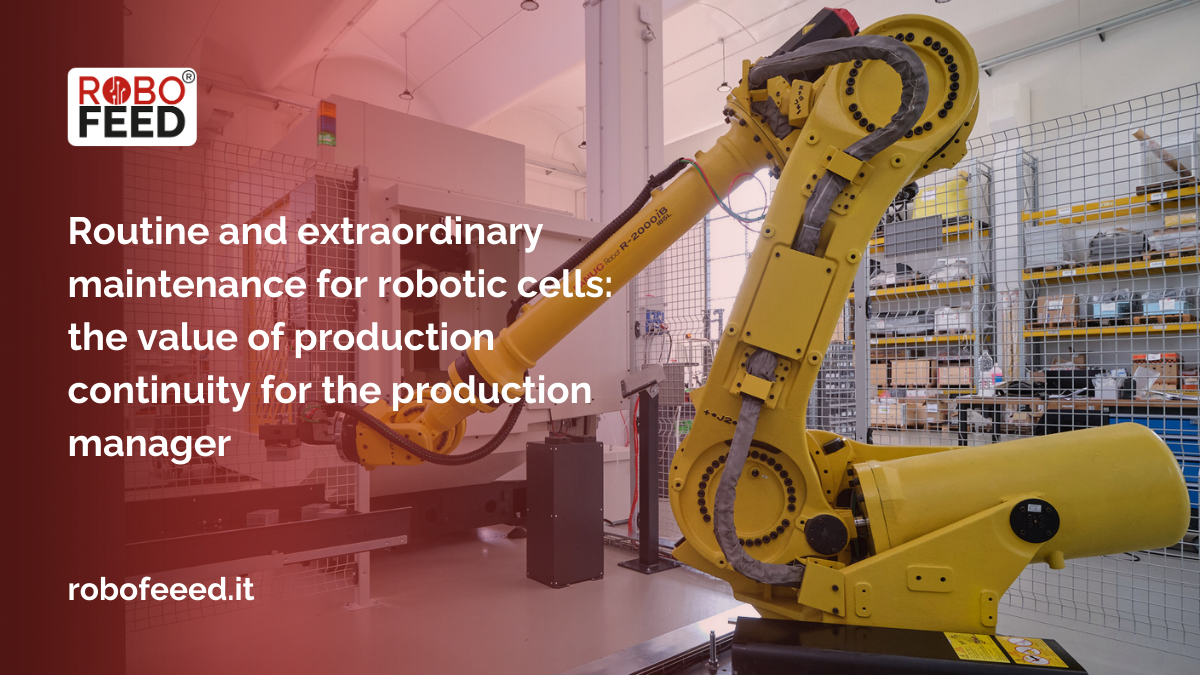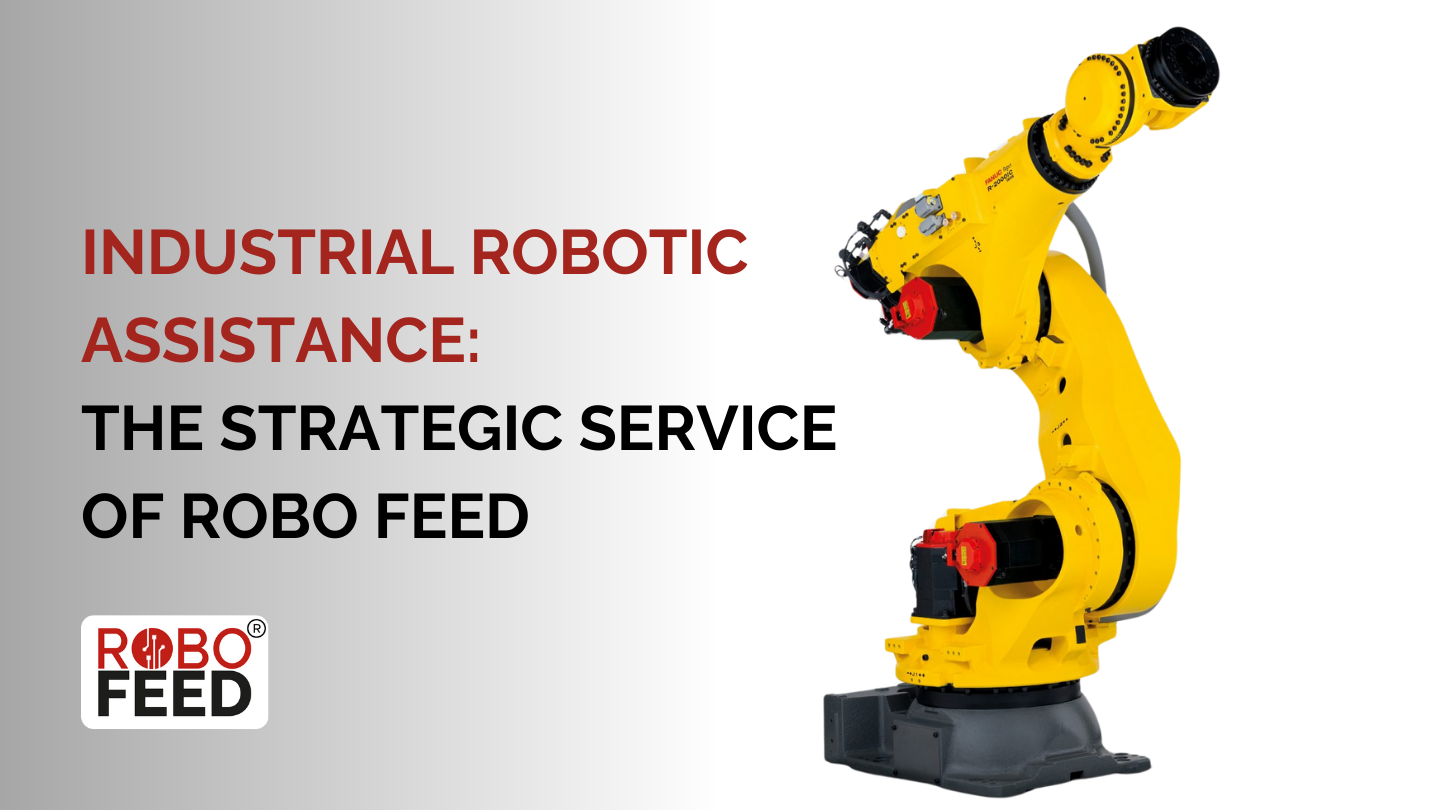In the world of timber ceiling production, increasingly oriented towards customised and eco-sustainable solutions, industrial companies are facing significant operational challenges. The growing demand for aesthetic and functional customisation, combined with the need to guarantee constant quality over variable volumes, requires a profound rethinking of production processes.
In this context, the tailor-made automation designed by ROBO FEED represents a strategic breakthrough for companies in the industry. Automating the screwing, assembly and loading/unloading of panels not only improves productivity, but also reduces waste, ensures safety and provides useful data for process control.
Indice dei contenuti
ToggleChallenges in the production of wooden ceilings
Woodworking companies today are at a crossroads: to continue with traditional processes, which are costly and difficult to scale, or to evolve towards automated production models, capable of handling small series, high quality standards and increasingly tight deadlines.
The production of wooden ceiling panels – whether slatted, micro-perforated, sound-absorbing or simply decorative – involves many complexities. On the one hand, there is the variability of orders: each project may require different sizes, finishes, wood species and fire retardant treatments. On the other, the increasing focus on biophilic design and indoor acoustic quality requires minimal tolerances and impeccable finishes.
A further critical factor is the lack of skilled labour: activities such as the manual screwing of delicate panels require attention, perseverance and time. Human errors, fatigue and repetitiveness can result in waste, delays and fluctuating quality. For these reasons, automation is a practical and sustainable answer.
Critical steps to be automated
There are three operational steps that can benefit most from automation today:
Automatic screwing
Screwing is a crucial step in the construction of frames or the fastening of panels to supporting structures. In craftsmen’s contexts, this operation is often entrusted to experienced operators, who must regulate force, avoid slippage and protect surfaces.
IROBO FEED robotic systems enable fast, consistent and controlled screwdriving, thanks to integrated intelligent tools with torque control. This means less misdrilling, fewer breakages and higher productivity.
Modular assembly
In the case of pre-assembled modules, such as panels with internal frames or acoustic inserts, assembly requires precise alignment and handling of multiple components. Industrial robots, equipped with vision systems and articulated arms, can accompany the operator or work autonomously to manage the entire process, from positioning to fixing.
A robotic island can take care of the entire cycle, positioning the components and completing the assembly in the desired sequence, even on panels of different geometries.
Loading and Unloading
The manual transport of wooden panels – often heavy, bulky and delicate – poses a risk to both the product and the operator. Automating these operations with pneumatic grippers, vacuum systems or robot shuttles reduces the risk of surface damage, increases work safety and ensures smooth handling even in confined spaces.
Robotic technologies applicable to wood
Automating does not necessarily mean disrupting production. Thanks to industrial robots, intelligent gripper systems and machine vision, tailor-made solutions can be implemented even in small to medium-sized production facilities.
- Industrial robots (e.g. FANUC): ideal for fast cycle times and repetitive tasks, equipped with automated tools and advanced software. They can perform repetitive tasks such as screwing or tightening with precision, adapting to different products thanks to intuitive software.
- Computer vision systems help to accurately identify the position and orientation of panels, correcting any misalignment in real time and improving accuracy in assembly operations.
- Customised grippers, equipped with vacuum suction cups, allow the handling of micro-perforated, veneered or fire-retardant painted panels without scratching their surface or compromising their integrity.
The advantages of ROBO FEED automation in the wood industry
ROBO FEED robot islands provide immediately visible benefits, including:
- Reducing rejects: every screw positioned off-axis or with incorrect force can compromise a panel. With robotics, precision is constant.
- Speed and regularity of the process: automation allows repeatable cycles, without variations between the first and the last part.
- Optimisation of human resources: operators are relieved of repetitive tasks and employed in higher-value activities, improving well-being and productivity.
- Total control: every operation is digitally tracked, making predictive plant management possible.
- Traceability and monitoring of the production cycle: thanks to connection with ERP and MES systems according to Industry 4.0 principles.
How to start: the pilot island approach
For SMEs in the wood industry, entry into the world of automation can begin with a pilot robotic cell, focused on a single high-impact operation, such as screwing panels. This approach allows:
- test the solution on a real order;
- evaluate the concrete benefits in terms of time, quality and cost;
- train staff to interact with the new technology;
- scaling up automation progressively on other departments.
The cell can be modular and relocatable, easily integrated into the existing layout, without the need to stop the entire production line. In addition, it can be prepared for future extensions (e.g. insertion of machine vision or MES software).
Integration with Industry 4.0 and 5.0
All ROBO FEED solutions are designed to integrate with Industry 4.0 and 5.0 paradigms. This means:
- interconnection with management systems and MES software;
- collection and analysis of process data (OEE, cycle times, alarms);
- openness to predictive maintenance and remote management;
- intuitive user interfaces designed for non-expert operators.
Robotics thus becomes an intelligent extension of production, capable of adapting to changes, peaks in demand and the increasing customisation of wood products.
ROI: a concrete example
An Italian company specialising in ceiling panels has recently introduced a robot cell for automatic screwing. After an initial analysis, it installed an island with a Fanuc industrial robot, customised grippers and digital torque control.
The introduction of a robot cell for screwing panels generally allows a return on investment in about 18 months, considering the benefits in terms of productivity, process continuity and reduction of rework.
These results are achievable without interrupting production and with a minimal learning curve for operators. The solution was then extended to other stages of the line, with a view to incremental automation.
This example shows that wood panel screwing robots and targeted automation solutions are affordable, scalable and highly profitable, even for companies working on variable orders or with small to medium batches.
ROBO FEED was born from Assistec’s technical expertise and the desire to create modular, intelligent and efficiency-oriented robotic solutions. Our goal? To accompany Italian woodworking companies towards leaner production, with measurable ROI and technologies that are affordable even for SMEs.
Want to understand if automation can make a difference in your production line? Contact us for a customised ROI evaluation and a technical demo of our robot cells.








